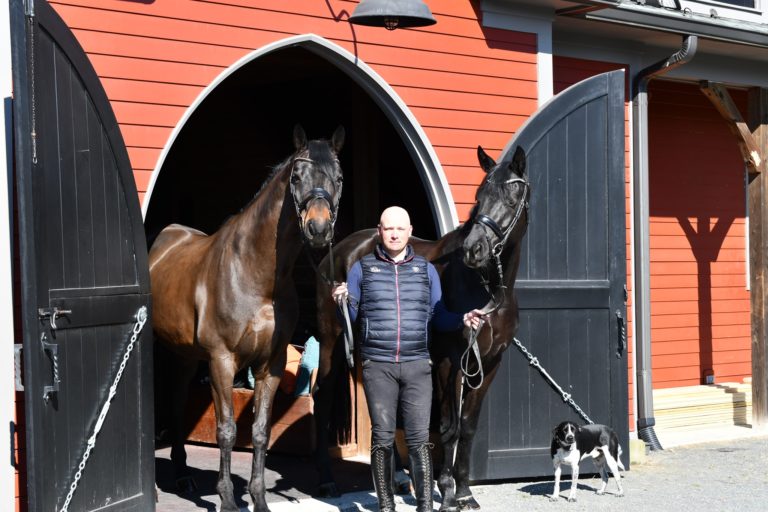I thrive on competition, and although there is a stirring in my stomach just before competing and the very mention of food or drink gets me quite unfriendly with the innocent, well-meaning bearer, I have to say I do not suffer the jitters that many riders do.
I have discovered that the key to overcoming these nerves is honest self-evaluation. Ask yourself, “Why am I nervous?” Most people I have asked cannot give me a clear answer. This is because they have never really thought about nervousness; they have only been aware it was there.
The two key elements that are usually the basis of nervousness are what I call “the illusion of difficulty” and “fear of failure.” Understanding the basis of these two elements will help you decide whether there is something basically weak in your preparation or if your nerves are just a sign of your confidence and excitement to get into the ring and “strut your stuff.”
First, difficulty has no absolute meaning; it is only relative to your preparation. If you have developed all the necessary physical, mental and emotional qualities for what you are doing, then nothing will be difficult for you. Most athletes find learning initially easy but increasingly difficult as time goes on. This becomes accepted as normal, yet it is not the natural pattern; it is only a reflection of insufficient preparation.
The second key element, fear of failure, produces a vicious cycle and results in the occurrence of what is most feared. Fear produces tension, which constricts the blood flow, slows the reflexes and produces shallow breathing. This results in general contraction of opposing muscle groups and can even affect eyesight. All this obstructs effective movement, resulting in probably failure. Next time you are nervous at a show, think of the competition itself as a form of training for future competitions. This will help you learn to perform under stress and to control your fears and emotions.
Also, part of overcoming your fear of failure is understanding that the learning process naturally involves errors. Errors are not the problem; ignoring or misunderstanding them is. The three causes of errors are: negative or unconscious habit patterns, lack of information or experience and the fact that no one is perfect all of the time. Decide which category your errors come from, and you are on your way to correcting them.
There is no harm in a little pre-competition butterflies. This is a normal impatience to get at it, similar to the Thoroughbred at the start line of a race. So, be well prepared for your show and understand how the illusion of difficulty and fear of failure can affect your nerves. Just make sure your butterflies are flying in formation.
This article first appeared in the June 2000 issue of Dressage Today magazine.

Cara Whitham is an FEI “I” Dressage and “O” Eventing judge and was chef d’equipe for Canada’s Dressage Team in Europe for three years. In 1991, she was both the Canadian Grand Prix Champion and reserve for the Pan-American Games dressage team. A Freestyle medalist at the 1989 North American Dressage Championships, she placed third in the Canadian League World Cup Final twice. A Canadian Equestrian Federation (CEF) Level 3 dressage coach, she has produced a gold medal team event rider and bronze individual dressage rider at the North American Young Rider’s Championships. She is past president of the Canadian Dressage Owners and Riders Association and is currently the CEF Director for Dressage. She lives in Kars, Ontario.











